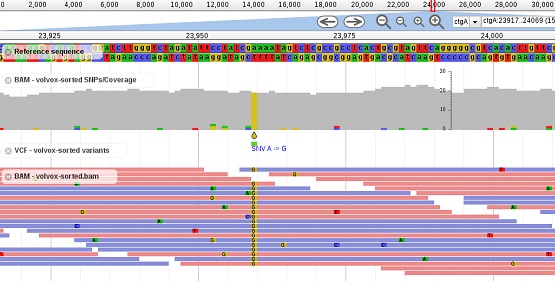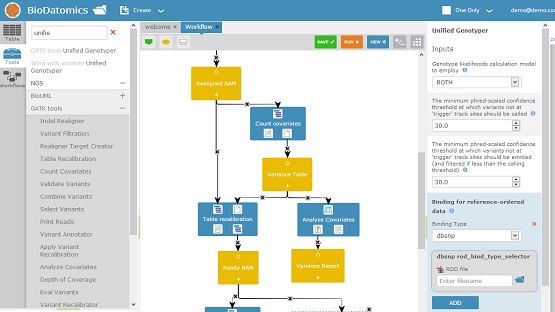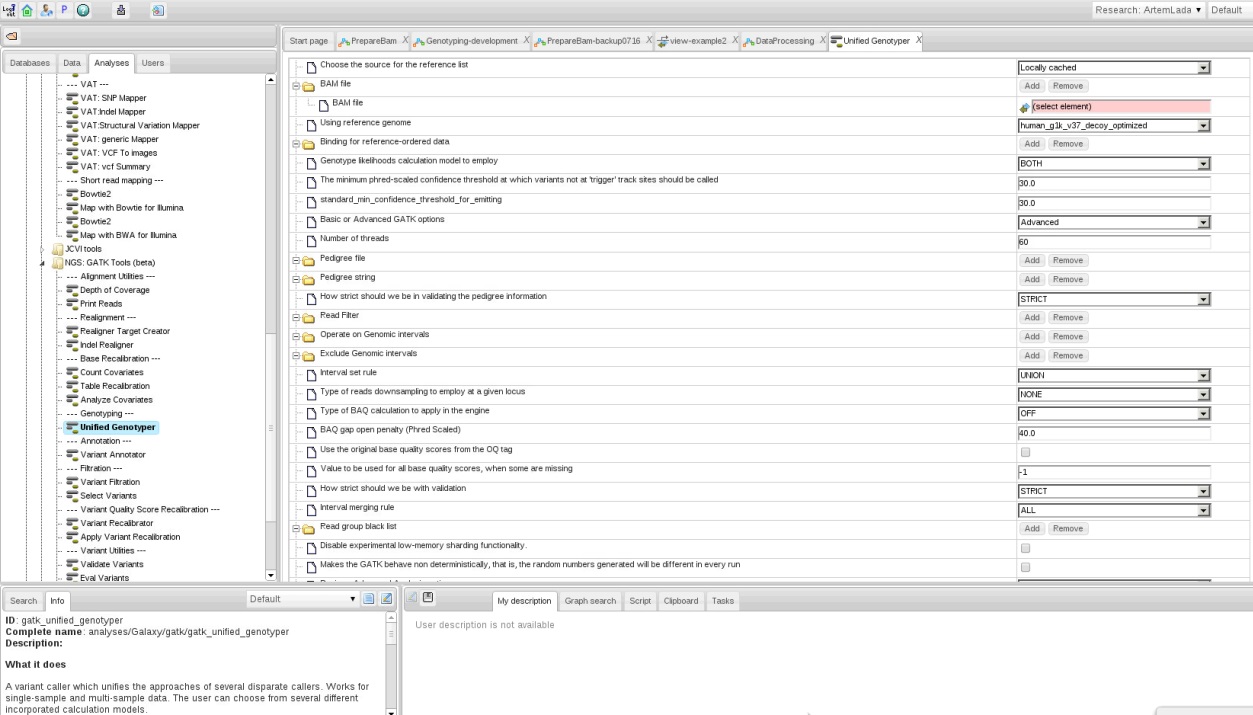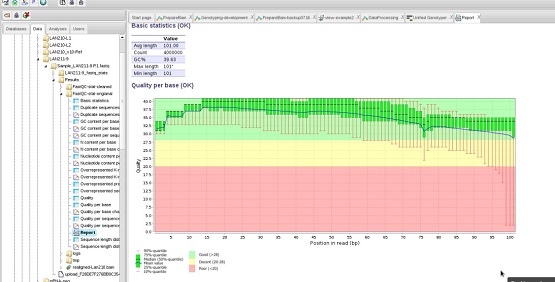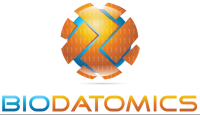Traditional NGS Data Analysis platforms are painfully slow and cumbersome to use. They require command line programming to create and edit workflows, take days or even weeks to analyze pipelines, and present results in a tabular format that often requires yet more programming to decipher.
BioDT does away with all of these limitations, and adds several additional, previously unavailable capabilities such as genomic data visualization. All in an open source platform.
